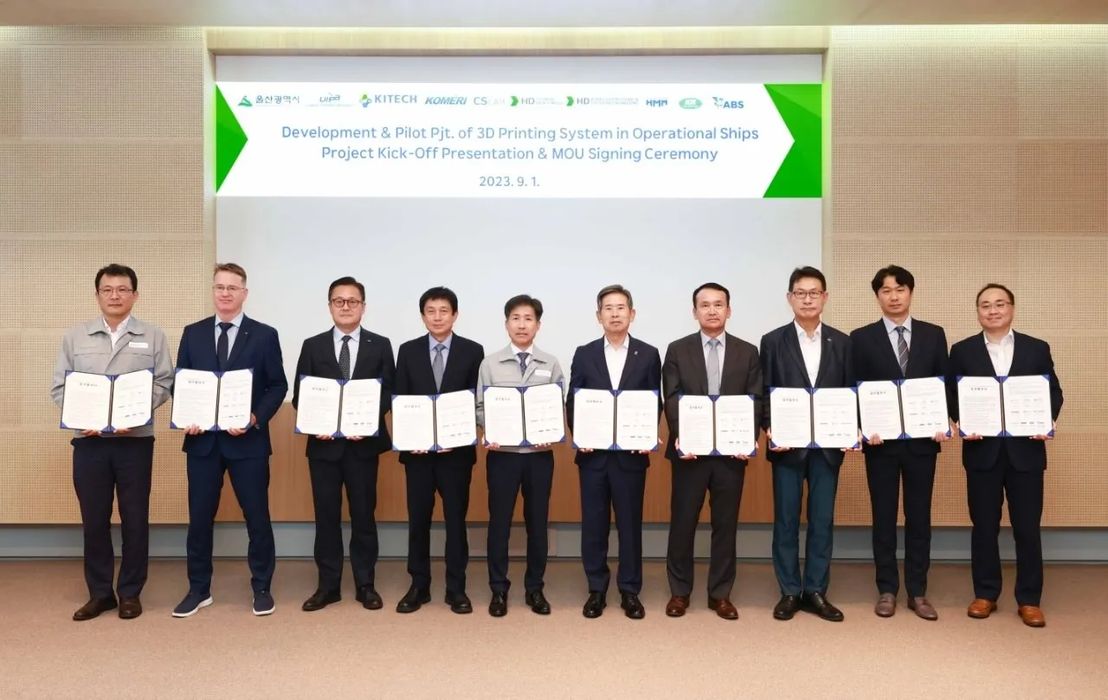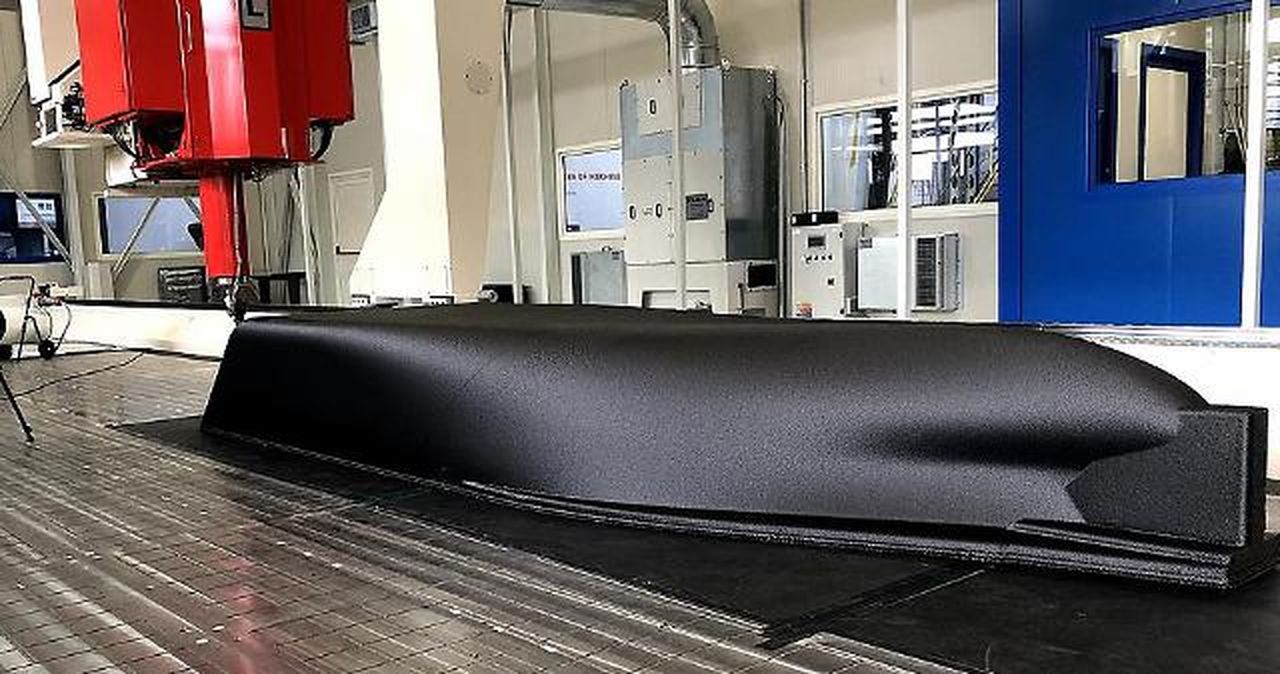
Charles R. Goulding and Preeti Sulibhavi discover how 3D printing is transforming defense strategies in the Asia-Pacific, strengthening alliances, and shaping the future of regional security.
In the rapidly evolving geopolitical landscape of the Asia-Pacific region, the concept of a “Defense Lattice” has gained significant attention. On April 24, 2023, the United States, Japan, and the Philippines held trilateral discussions in Manila, primarily focused on enhancing their combined defenses in response to the growing assertiveness of China. Alongside this, Australia and Taiwan have also been strengthening their defense infrastructure, while India has entered into the Quad agreement with the U.S., Japan, and other regional powers.
These Pacific defense agreements, though not as comprehensive as the European NATO alliance, provide a foundation for a more coordinated regional approach to security. As the world becomes increasingly interconnected, the importance of such alliances cannot be overstated, and the role of emerging technologies, such as 3D printing, has become crucial in shaping the future of defense capabilities.
One notable example of the integration of 3D printing in Pacific defense efforts is the Australia-U.K.-U.S. partnership for the manufacture of nuclear submarines. This agreement, which was covered in a previous Fabbaloo article, leverages the expertise of major defense contractors, including General Dynamics’ Electric Boat, Newport News, and Ingersoll from the U.S., as well as BAE Systems and Rolls-Royce from the U.K. The introduction of 3D printing technologies in the production of these advanced naval assets is expected to enhance efficiency, reduce costs, and improve the overall capabilities of the participating nations’ submarine fleets.

Similarly, South Korea’s maritime industry has been making substantial use of 3D printing technologies. The U.S. Navy Secretary has expressed his admiration for South Korea’s shipbuilding prowess, particularly its ability to deliver ships on time with exact delivery dates. This efficiency can be attributed, in part, to the strategic deployment of 3D printing techniques in the manufacturing and maintenance of these vessels.
Carlos Del Toro, the U.S. Navy’s top civilian official said that he was “floored” by South Korea’s capabilities in this space.
Beyond naval capabilities, the Defense Lattice in the Pacific region has also spurred increased investment in other defense sectors. In 2023, Taiwan raised its defense budget to 2.6% of its Gross National Product (GNP), while Japan has been on track to have the world’s third-largest defense budget, second only to the U.S. and China. These meaningful increases in defense spending across the region are a testament to the heightened concerns over regional security and the recognition of the need for robust defense capabilities.
Interestingly, the complementary strengths of the various nations involved in the Defense Lattice present unique opportunities for collaboration and technology sharing. Taiwan, for instance, boasts world-leading semiconductor expertise, while Japan is renowned for its cutting-edge robotics technology. Nikon, a Japanese company, has been expanding its 3D printing presence, including in the field of metal and turbine applications. By leveraging these diverse capabilities, the signatories to the Defense Lattice can enhance their collective defense posture and better address the evolving security challenges in the Asia-Pacific region.
The Research & Development Tax Credit
The now permanent Research and Development (R&D) Tax Credit is available for companies developing new or improved products, processes and/or software.
3D printing can help boost a company’s R&D Tax Credits. Wages for technical employees creating, testing and revising 3D printed prototypes can be included as a percentage of eligible time spent for the R&D Tax Credit. Similarly, when used as a method of improving a process, time spent integrating 3D printing hardware and software counts as an eligible activity. Lastly, when used for modeling and preproduction, the costs of filaments consumed during the development process may also be recovered.
Whether it is used for creating and testing prototypes or for final production, 3D printing is a great indicator that R&D Credit-eligible activities are taking place. Companies implementing this technology at any point should consider taking advantage of R&D Tax Credits.
Conclusion
As the world navigates an increasingly complex geopolitical landscape, the value of international agreements is not only measured by the political commitments made but also by the parties’ understanding of each other’s strengths and weaknesses. The Defense Lattice in the Pacific represents a dynamic and multifaceted approach to regional security, one that is amplified by the strategic integration of 3D printing and other emerging technologies. As the region continues to evolve, the Defense Lattice and the role of 3D printing within it will undoubtedly play a pivotal role in shaping the future of defense capabilities in the Asia-Pacific.
